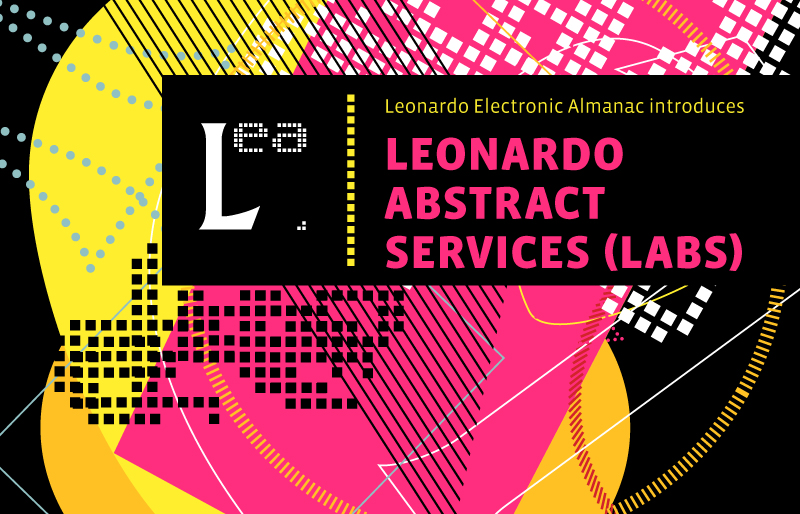
Leonardo Abstract Services (LABS) 2008-2009
Synthetics: an Archaeology of the Electronic Image in Australia, 1955-1975
This thesis primarily traces the development and use of electronic technologies in Australian visual art, and to a lesser extent dance and electronic music. The thesis examines the cultural and technological layers of the arts in Australia, building up an understanding of the local context within which much of the artistic developments took place. Art and Technology is a collaborative practice and a systems theoretic framework is utilized in examining the workings of the collaborations between artists and technologists by which technological artworks are produced. A distillation of the cases described provides a means for understanding the spectrum of ways in which collaborations function and gives some insight into guidelines as to how collaboration can be made to work smoothly and with maximum value for everybody involved. The thesis begins with the seeds of computer graphics in the late 1950s and early 1960s, broadening into the earliest computer art based on developments at the University of Sydney. I then cover developments, in the 1960s, of kinetic art that used electronics as a means of working with light and which formed the first steps into the development of responsive artworks through the work of Frank Hinder, Stan Ostoja-Kotkowski and Asher Bilu. Following this I explore the impact of geometric abstraction, post-object art and conceptualism on art and technology through the artists gathered around the Tin Sheds, including Optronic Kinetics. The work of the dancer Philippa Cullen, also associated with the Tin Sheds, led to the beginnings of interactive performance through the work of and her work with theremins. Meanwhile in the late 1960s the underground films and lightshows of Ubu Films, in the context of the psychedelic era, led to the slightly later development of video synthesis with video artists such as Mick Glasheen of Bush Video in Sydney and John Hansen, working in Melbourne. I close with the exhibition ‘Computers and Electronics in the Arts’ which was held as part of the Australia 75 Festival of the Creative Arts and Sciences and forms a point of convergence for almost all the work discussed.
Degree: Ph.D.
Year: 2006
Pages: 455
University: University of Technology, Sydney (UTS)
Supervisor: Helen Grace
Language: English
Dept: Art History / Cultural Theory
Copyright: Stephen Jones
Lang_author: English
Email: s_jones1@bigpond.com
Keywords: art & technology, electronic art, systems theory, video art, kinetic art, conceptual art, computer art, digital art, interaction, collaboration
LEONARDO ABSTRACTS SERVICE (LABS) is a comprehensive collection of Ph.D., Masters and MFA thesis abstracts on topics in the emerging intersection between art, science and technology.
If you are interested you can submit your abstract to the English LABS, Spanish LABS, Chinese LABS and French LABS international Peer Review Panels for inclusion in their respective databases. The authors of abstracts most highly ranked by the panel will also be invited to submit an article for consideration for publication in the refereed journal Leonardo.
